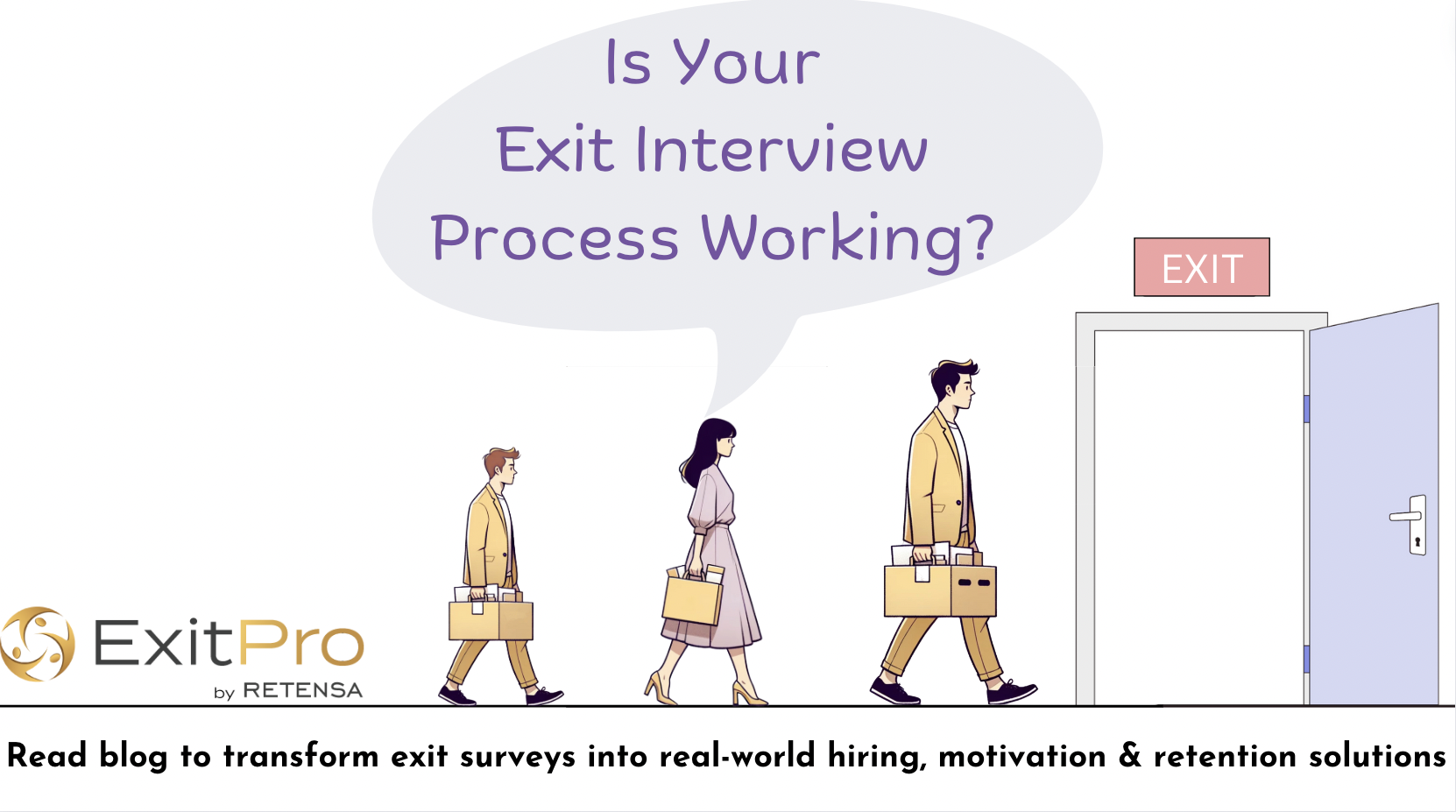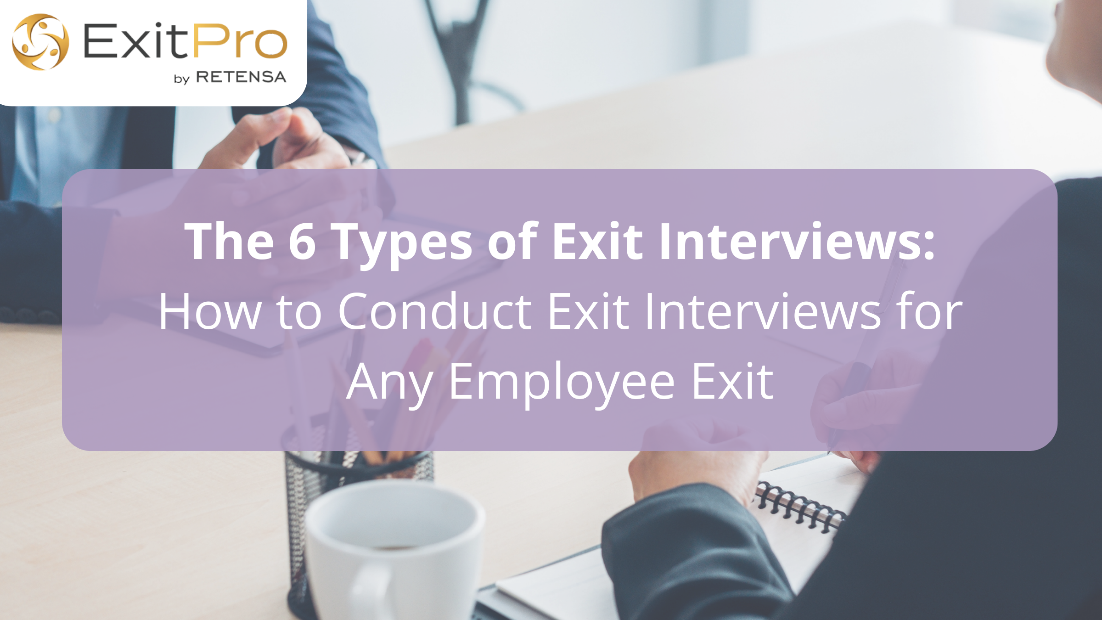The War for Talent Has Never Been So Fierce
Our life is different than it was pre-Covid. The world has undergone fundamental changes that includes how businesses compete. While the traditional view of competition still applies, there are so many new ways to win the war for talent. As we slowly return to normal life companies aren’t just competing for customers, they are competing for employees. We anticipated so many questions coming out of the pandemic, but certainly the biggest question is do people still want to work the same type of jobs as before? Some want to work remotely forever; others want a more flexible or more meaningful career path. Whatever the cause, the number of resignations has increased multifold. Gallup data shows1, nearly half of the American workers are actively searching for new opportunities. The surge of quits conflicts with an existing labor shortage putting more pressure on employers to hold on their employees. At the end of September 2021, there were more than 10.4 million unfilled jobs in the U.S. job market, according to data released by the Labor Department and 6.9 million unemployed.
Losing Your Fight?
While people were hesitant to change their job in 2020, employee retention and turnover experts predicted at the beginning of 2021 that job markets would see a record rate of resignation. The data is supporting this. According to the U.S. Labor Statistics, more than 15 million workers quit their jobs since April in the U.S. alone. Employers are struggling to fill millions of open positions and to hold on to people they already have. The demand for workers is high even while 8.4 million Americans are unemployed. While Covid-19 isn’t the single reason that employees have left their jobs, it certainly shines on problems of dissatisfaction with the workplace. Not having to go to their physical workplace allowed people to have more time to reflect and identify what’s meaningful to them. Many are rethinking what “work/job” means to them, how they are valued, and how they should spend their time. Some are leaving because they are unhappy, and they don’t see growth or opportunity in their position. Professional burnout was on the rise long before the pandemic started, it only pushed employees to take the decisive step to move on. Most workers leaving their employers are confident enough in their job prospects to try something new. Work-life balance, benefits, salary, company reputation and CSR initiatives are some of the reasons why employees leave.
Post-Pandemic War for Talent
EBook: Talent Analytics – How much are your people worth?
There is a huge shortage of talent, and organizations need to find ways to attract new and “re-attract” existing talents. Many organizations face the challenge fending off competitors from stealing their existing workforce High staff turnover can be extremely troublesome, as well as costly. If turnover rates are high, the consequences are many. The company loses valuable knowledge and experience, the morale goes down and affects the remaining team. Compensations and benefits are no longer enough to keep workers. The new reality demands new strategies and planning to keep employees engaged, motivated and committed to their organization. What can an organization pull out of their arsenal to fight? They need to get on the same page with employees, find out what they want.
Winning the Talent War: Starts from Within
The greater goal for any company is to retain valued employees. What can we learn from organizations that are retaining their employees in this environment? Rather than relying on one-time incentives, organizations need to look at how to engage and motivate their employees. Endlessly increasing wages is not a sustainable solution. The universal tool for every organization is a continuous feedback-based, it’s important to collect data at every stage of the employee life cycle.
One of the most useful implements for leaders to pay attention to is the exit interview. Even before the Great Resignation, exit interviews were an important but largely overlooked instrument. It takes more than one single exit interview questionnaire to understand the state of the workforce, however a strategically created exit interview form provides insights into what employees are thinking, reveals problems in the organizations, and open doors into successfully competing in the market. It helps employers to pay better attention to the needs of their employees. The key to create a culture of retention is to capture the changing needs of employees, and act on it to build a culture of solidarity.
Turn knowledge and data into customized action plans! For more information about how Retensa can assist your organization to build the perfect exit interview and boost employee retention, contact us or sign up for a free ExitPro trial.




